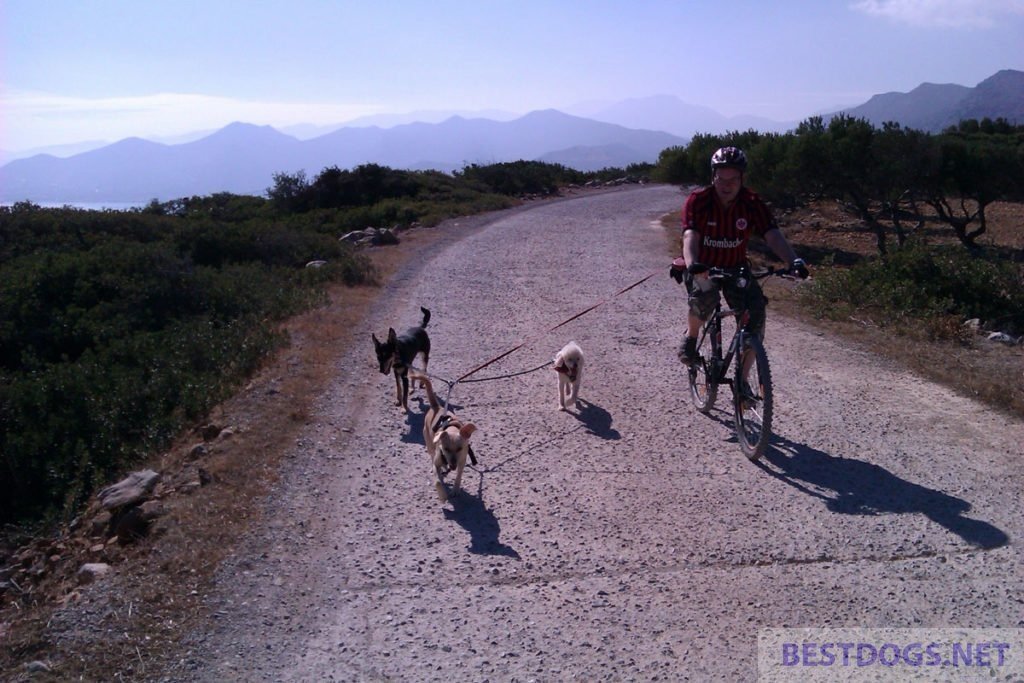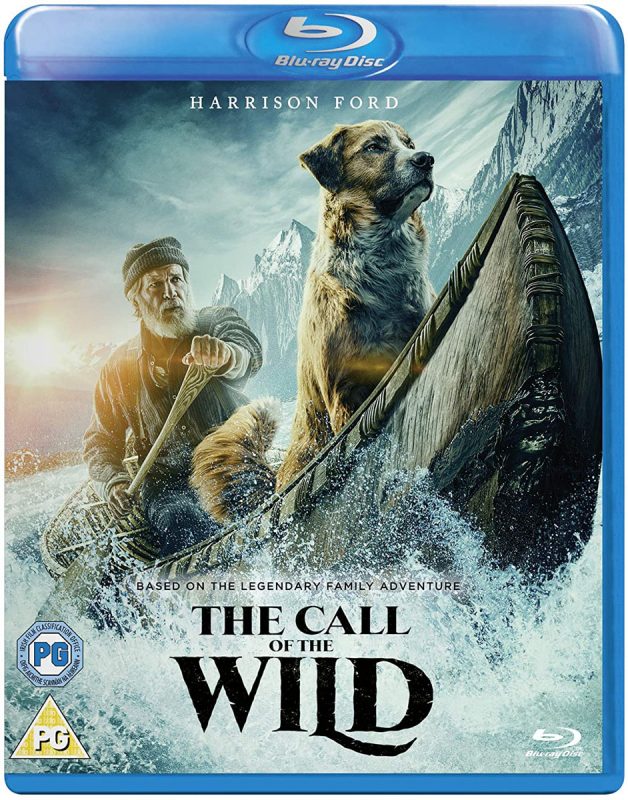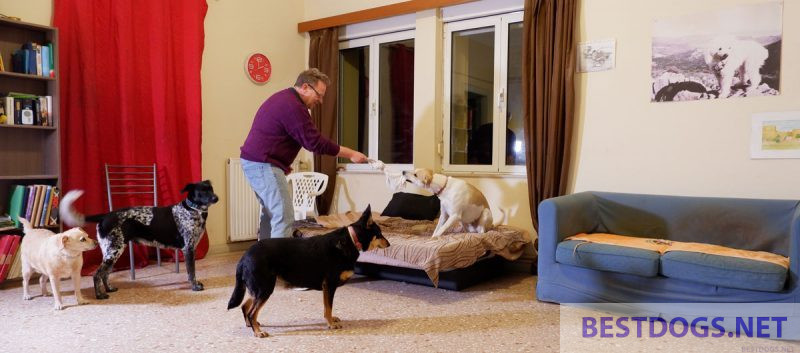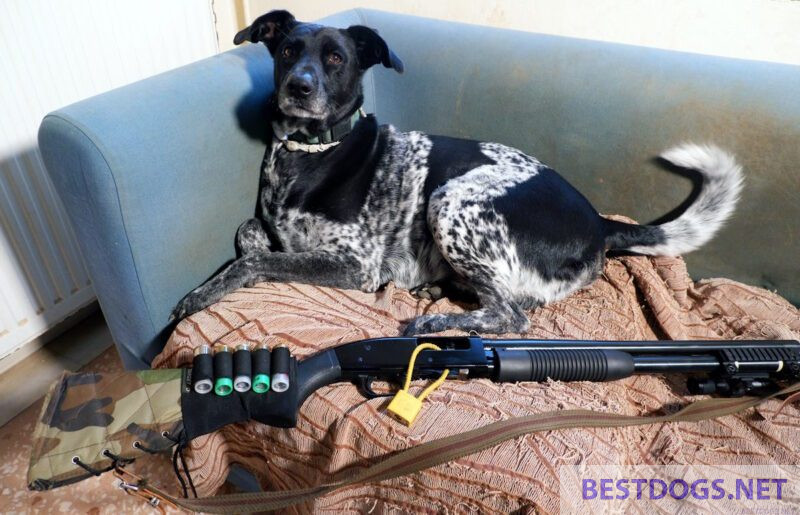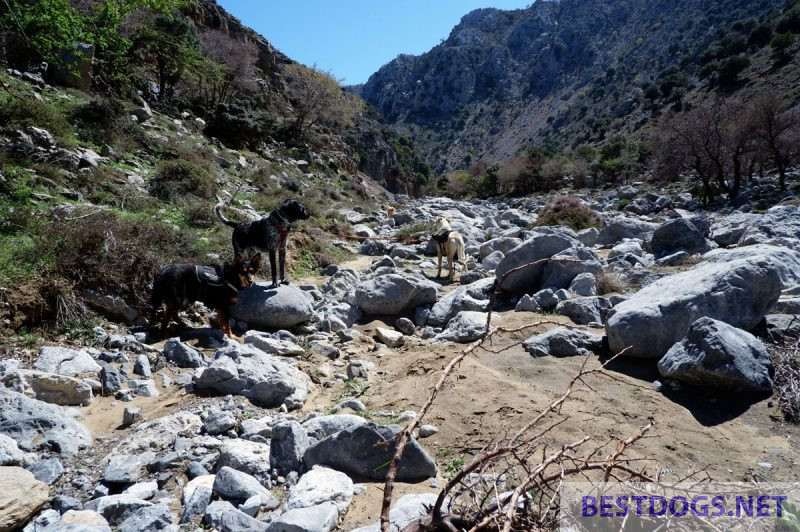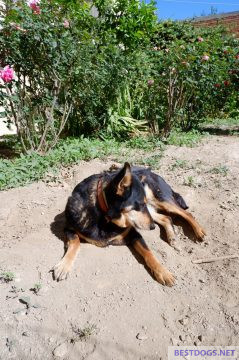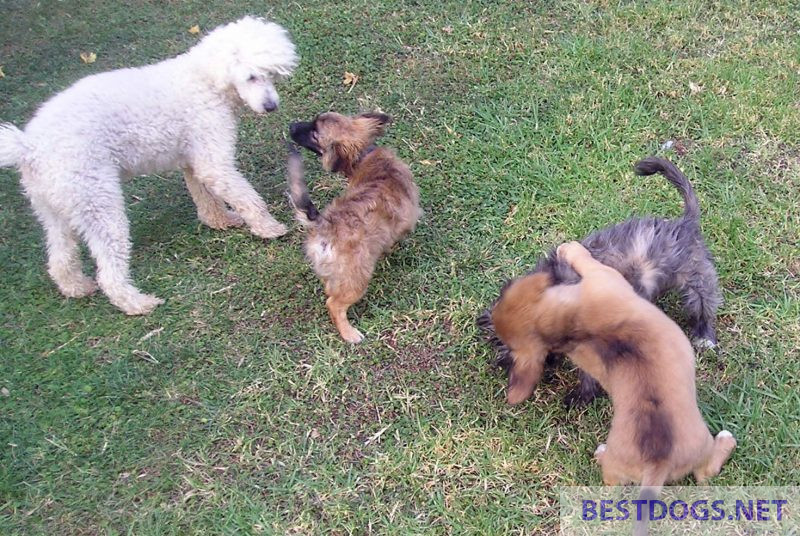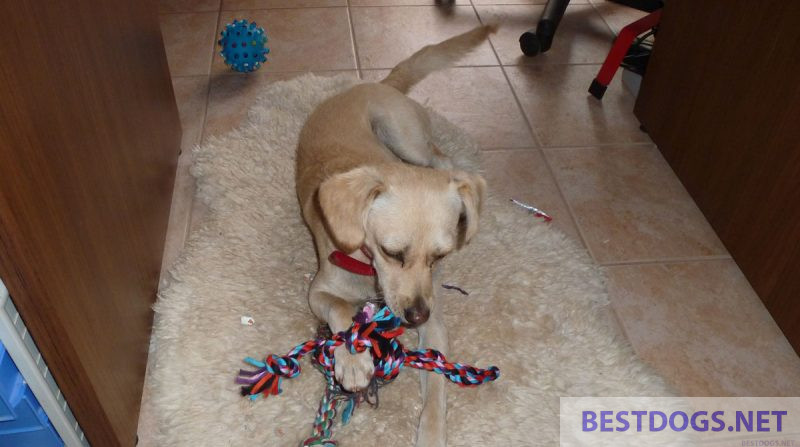Games with the dog.
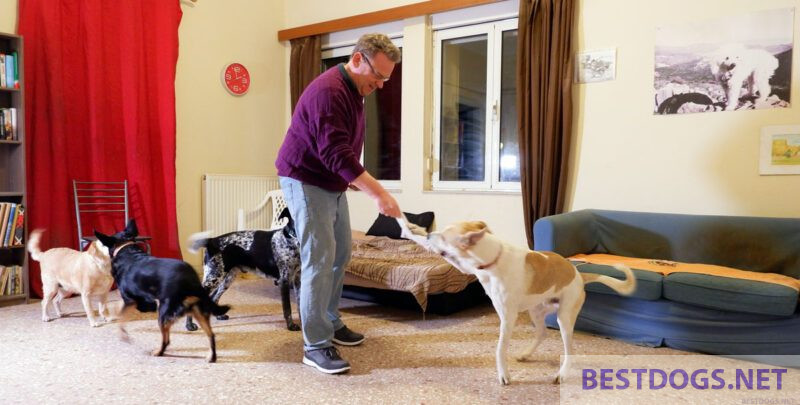
Games
Table of Contents
Individual reports on sports, games and entertainment
Mental exercises and fun games
Dogs have evolved to live in a complex environment that they have to adapt to in order to survive. Therefore, dogs have the ability to think and solve problems, such as how to reach the delicious smelling field mouse at the bottom of their hole or how to get over a fence to get to another dog.
Living with humans has eliminated the need to forage, but we have replaced it with the need to work. We have bred dogs to herd, hunt, track, retrieve and guard. These traits are also present to some extent in most mixed breed dogs.
This has led to a constant need for dogs to exercise their skills, and without an outlet they can become rowdy, fearful or frustrated, causing numerous problems.
Mental exercises for the dog have several advantages: they not only provide an outlet for his abilities, but also strengthen the bond between owner and animal. A dog that is used to solving problems is better able to cope with different situations – an important factor when something goes wrong!
Mental exercises also prevent him from getting bored and starting to destroy things, because after such a session he will be able to retire contentedly for a well-deserved sleep!
In the first few days after a new rescue dog arrives home and the relationship with him begins, you will easily find out what he already knows and what gaps he has.
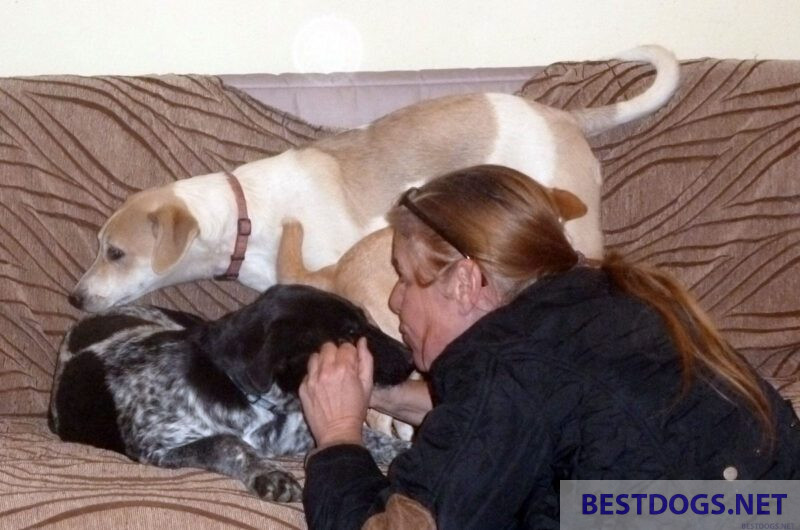
Then start with short training sessions of five to ten minutes and make sure that the dog gets lots of praise and rewards so that he enjoys it.
As soon as he can respond to the basic commands ‘sit’, ‘down’, ‘stay’ and ‘come’, the groundwork is laid for much more interesting possibilities. In addition, an agreement has been made with the dog during the training: He knows that he will get a treat if he behaves as he is asked to. As the training continues, physiological changes occur in his brain, which actually expands his mental abilities.
Over time, the rewards can be reduced until the dog only responds to the hand gesture or a verbal command word. However, at least praise should always be given if there is no treat.
Once a new trick is ingrained in the dog’s memory, it can be expanded by, for example, increasing the distances or the number of objects.
It is important to remember, however, that while training with command words and associated actions is fun for many dogs and works their mental and physical skills well, it is important not to reinforce a behaviour if the dog performs that action without prompting or if it is stereotypical.
Rules of the game
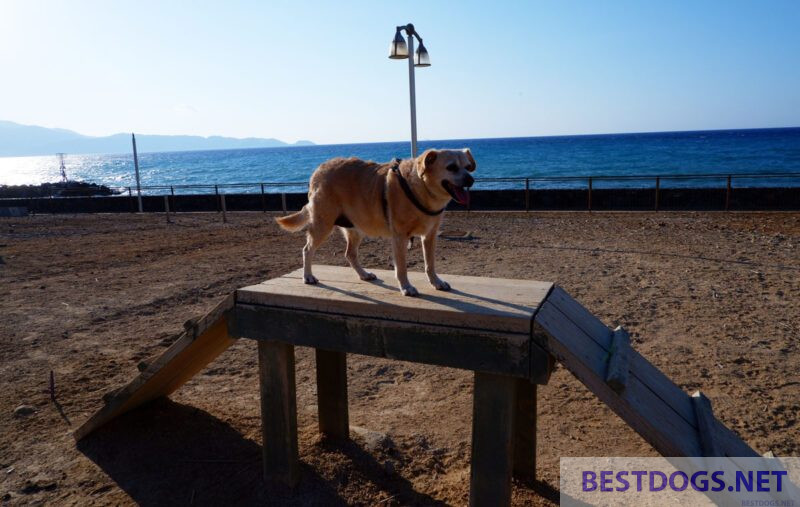
Most dogs should receive a training session in the morning and early evening. However, mental training sessions and games can be interspersed at any time of the day as long as the dog is willing to participate.
The following rules should be observed:
- Sessions must be kept short and brisk. For some dogs three minutes is enough, other dogs can concentrate for six or seven minutes.
- If the dog has difficulty with the exercise, it is best to get him to do a trick that you know he is good at so that he can finish the session feeling good.
- The game must be finished before the dog gets bored. This should be done by taking frequent breaks so that he can refocus.
- If he starts to get overexcited, take a break, because when dogs are overexcited it is difficult to train them as they find it harder to concentrate.
- Different games should always be played to keep it interesting for both dog and master.
- At least one of the games should be aerobic training as this releases endorphins that help the dog stay calm. Stay positive and keep it fun – and whatever happens, don’t lose your temper and yell at the dog!
- Training one new game, trick or command word a week is more than enough. However, not all dogs learn at the same rate, so don’t get frustrated if it takes two weeks or more instead of a week.
- A dog easily forgets his previous training if he does not get the opportunity to practise. Therefore, the old tricks and games should continue to be practised even if he learns new ones.
- The quickest and easiest way to teach the dog a new trick is to use what the dog already does naturally on its own, such as lying on its back. Combine this behaviour with a command word and a treat, and you have your first trick. By rewarding such natural behaviours and supporting them with the clicker while using the new command word, you can reinforce this behaviour and recall it at any time.
- Above all, you should teach the dog something that is appropriate to its abilities and nature. The abilities of a pure-bred dog are easy to determine, but there are usually recognisable characteristics in a mixed breed dog as well. ‘Trial and error’ is one method, as long as you are not hell-bent on teaching this to the dog and ignoring your mistake!
- It is important to always remember that anything that requires the dog’s attention is a mental exercise. If the dog is suffering from frustration, games that might increase this should be avoided. For example, ‘search games’ can be too much for some dogs and need to be played at a low level. Each dog is an individual, so judge each situation individually.
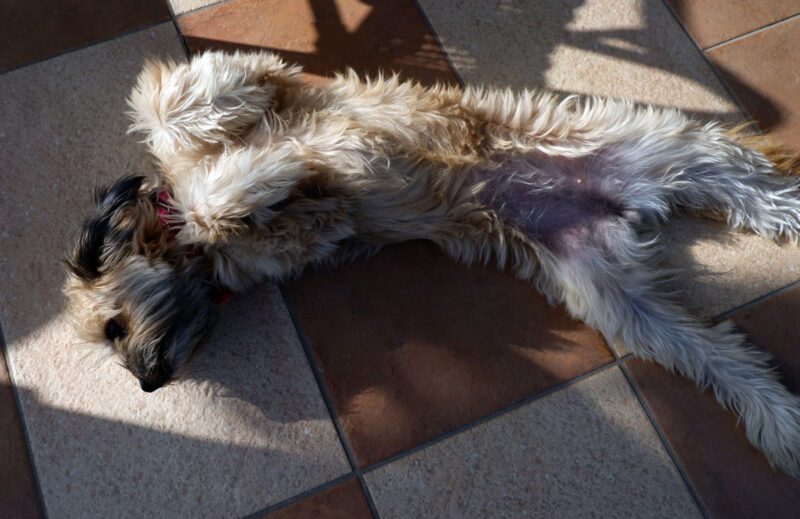
First rule: fair play
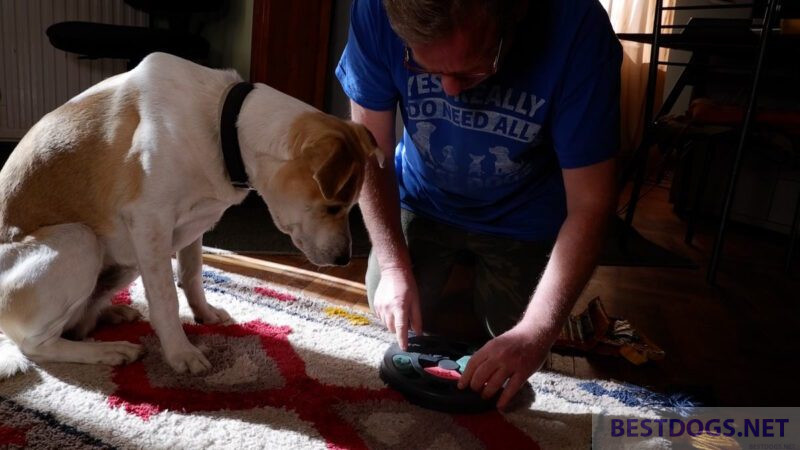
The first rule for playing with the dog is also the repeatedly quoted ‘fair play’. It is only fair to our dog that we give him the opportunity to understand the new game first. For this purpose, each game must be divided into several, smaller units, which are learned individually.
Dogs play because of their natural instincts and learn through play by correct linkage during training. Therefore, the dog should learn a game in small steps, and it should be refrained from asking too much at once.
Therefore, before each dog game, you should think about how do I create a positive link so that my dog knows that he has done the task correctly?
Which instinct does the planned game appeal to, and which instincts can I use positively in my dog?
Which command words that the dog already knows well can I use in the game and which key word should he possibly learn in addition?
For this purpose, the game should be divided into steps so that my dog can grasp the individual steps and recognise what is required of him.
Second rule: Play times
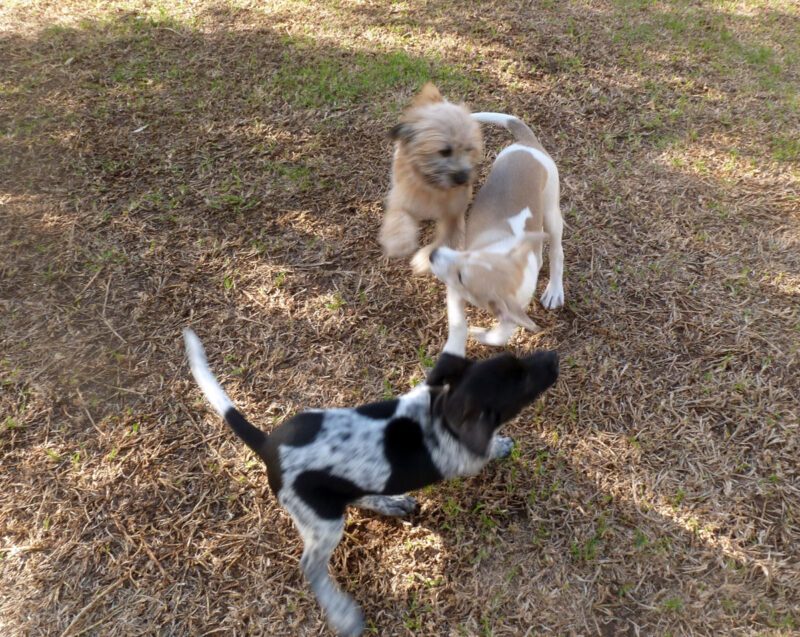
If it were up to the dog, whereby this depends on the liveliness of the representative, any form of occupation or housework could be dispensed with without further ado, as there are much more interesting things in life: romping around all day with the master or mistress and playing everywhere!
That’s why many dogs try to ‘educate’ their owners properly! As soon as the master or mistress starts with superfluous housework or office work in the dog’s opinion, he can arrive with the ball in his mouth, for example. With wide eyes and a nudge, with the wet and cold nose, the invitation to play is given. If this is not enough, the paw is used or the dog jumps right up on the human.
Therefore, such requests should mostly be ignored, otherwise the dog will link its intrusive behaviour with the success that its caregiver will simply leave the chores and play with it.
However, this does not mean that every game with the dog must be started by the owner. If the dog comes running with a play request and there is time, you can also respond to it from time to time, as it is in a suitable mood to perhaps learn something new.
However, you should not let the dog ‘train’ you to be an always available ‘ball boy’ or ‘treat servant’!
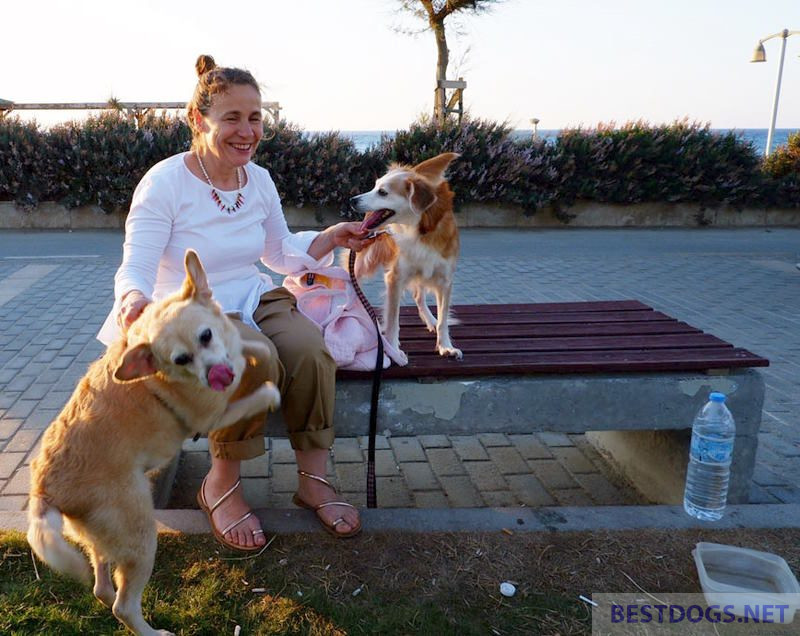
Furthermore, no games should be played after feeding!
This can lead to vomiting, insufficient digestion of the food just eaten or, in the worst case, even gastritis.
Often single dogs would like to have a play session after the meal or a pack of several dogs romps through the house and garden as soon as the last bite has been swallowed. Since dogs are in danger of contracting a life-threatening gastric torsion, which is almost always fatal, through excessive playing or running around after eating, this must be prevented.
Therefore, a rest period should always follow the feeding. A common time-out with a midday nap is a good idea here. If the master cannot or does not want to do this, at least the dog must be routinely sent to its basket or resting place after eating for a digestive nap of at least one hour.
In summer, the play session, as well as the walk with the dog, should be moved to the cooler time of day. This should be the early morning hours or the time just before sunset.
When the sun is high in the sky and it is midsummer temperatures, there is a risk that the dog will have a circulatory collapse or sunstroke. Although many dogs know that they have to keep a low profile when it is very hot, others would still romp around, run and play until they drop, or even bathe in the sun for far too long.
Do not play before leaving!
You should not play with the dog if it is to be left alone at home shortly afterwards. Playing happily and wildly gets the dog worked up, which does not make it easy for him to stay calm afterwards.
This can make it much harder for him to stay alone than if you had simply closed the door behind you without many words or a big goodbye ceremony.
Therefore, it is much better to do the play session in the time after returning, when he is happy to see you again.
Dogs need rest periods too!
All dogs need rest periods and this is especially important for puppies and seniors. Puppies in particular can spend hours at a time playing boisterously. However, this is not good because of the still growing skeleton and the not yet fully developed tendon and muscle apparatus.
That is why it is important, especially for puppies, to have several short play phases instead of one long play session.
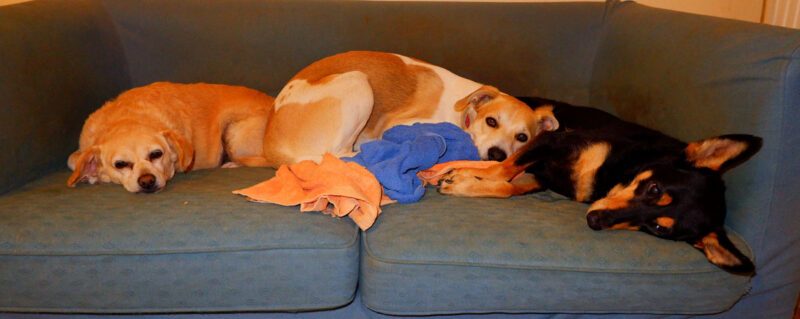
But even older senior dogs often do not know when it is better enough. They are young at heart who still like to chase the ball or still want to march on to the next bend or hilltop during a walk.
But this promotes signs of wear and tear in older dogs. Joint problems or hip dysplasia often occur during brisk games with abrupt stops or speed changes, so it is better to choose a calmer pace with the seniors.
Third rule: The toy does not belong to the dog!
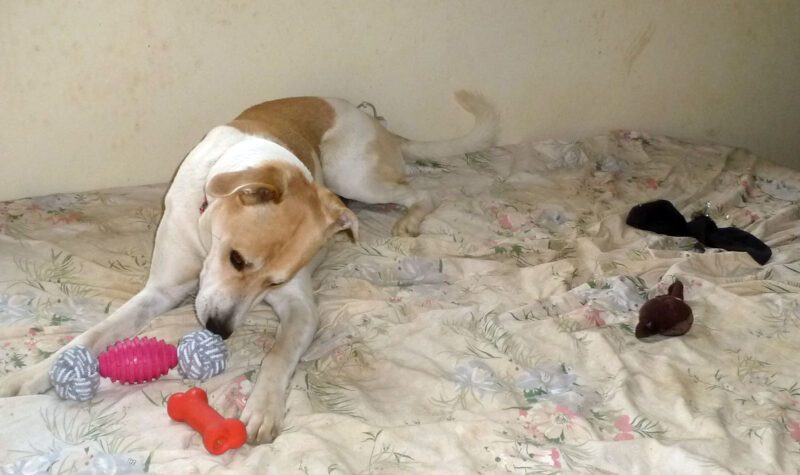
Even if you are still tug-of-warring with the dog over the prey, all toys do not belong to the dog!
For the dog, the pack leader loses respect if masters would just let him have the great pieces of prey permanently. Because the pack leader always claims the best pieces for himself and if you willingly give the dog the utensils he thinks are so desirable, he could reach for ‘world domination’ himself! And rest assured, the dog will then not give any of it to you willingly.
Therefore, you should not leave the dog’s toys lying around everywhere or let him accumulate them in his basket, because then it can happen that if you want to collect them or use them for the game, you will be growled at.
Therefore, after the game is over, all the toys must be put away again, preferably in a toy box for the dog, which he cannot reach. In this way, the toy remains permanently interesting for him.


